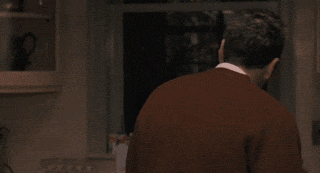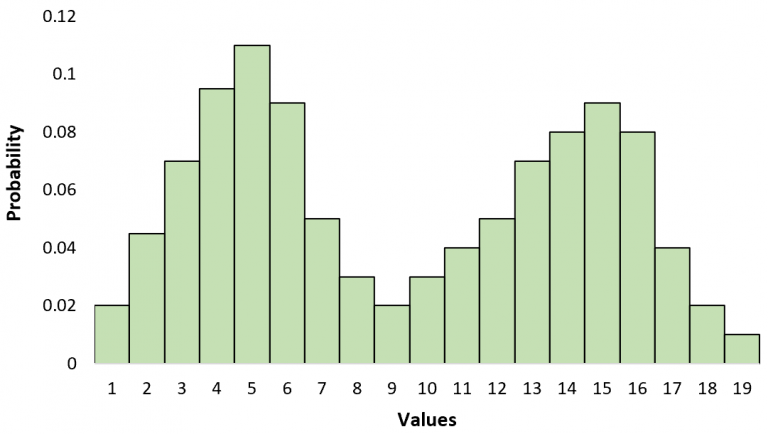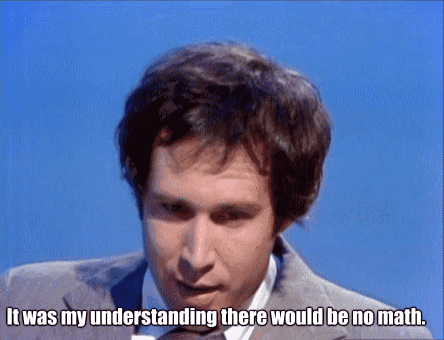You are a very solid poster and so this is not for you necessarily, but a bit of clarification on this thread in general.Exactly. Pretty much every shooter is going to be below his average about half the time, given a large enough sample.
To nuance this a bit for accuracy even though I know the intent was generally well founded-the individual data points may or may not have half the data below or above the average, but the magnitude of those data points will have the data average value above and below the . 0,0,0 4 has 3 data points below 1 and 1 data point above one.
The data must also contain all historical data for those data points to have the best chance to fall roughly half above and below rather than any particular individual sample size “IF” there was not an assignable cause prior to of after some line of reference that altered the inherent population. An example of this would be the “possibility” of say Fletcher’s data behind the arc this year when Lance is not on the court and the D can concentrate of 2 perimeter players instead of 3…especially if the opposition doesn’t have a strong perimeter defender past two players and the third player is their mostly offensive player.
Lastly, if a team shoots 33% behind the arc and yet can shoot 50% inside the arc, that team assuming there is no reason why they can’t shoot effectively 50% inside the arc the whole game should. The math in 12 shots is equal, but the inside the arc has the opportunity to draw fouls and should generally allow less runouts.
Still as you implied is it highly unlikely...like maybe never that an individual shoot his average “inside a particular game” when the average is the cumulation of all data just due to large difference in potential percentage of makes with such limited shots and so any player that has some amount of data will always shoot inside a game above or below his average up to that point.
Last edited:


